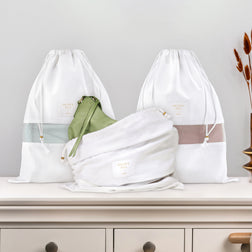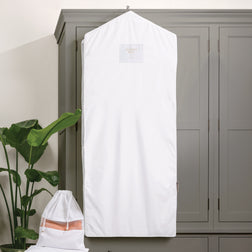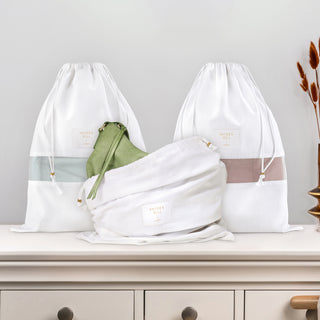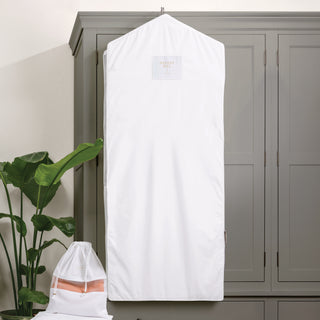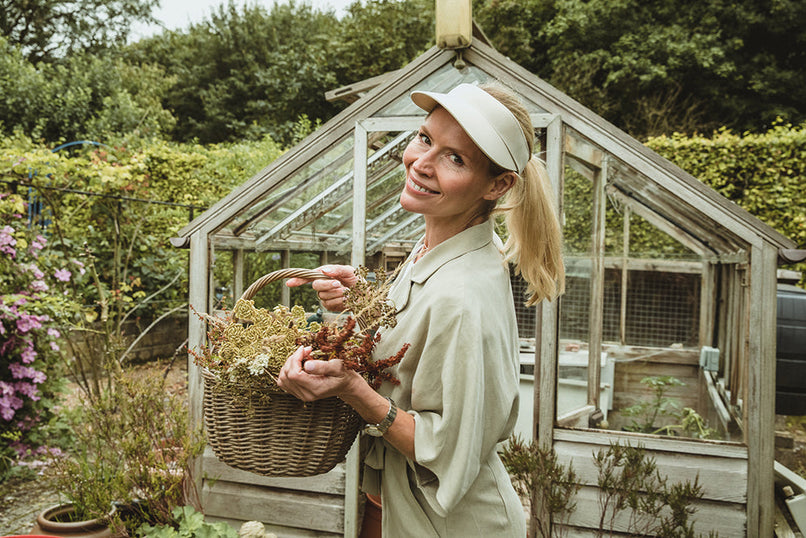Thanks to the Internet and the resulting knowledge of what is happening all over the world, we are becoming more aware of the current condition of our planet and of the importance of caring for it. At least in 2022, Earth is the only known livable planet, which means we must care for it and its resources with thoughtfulness and intentionality.
Thanks to the Internet and the resulting knowledge of what is happening all over the world, we are becoming more aware of the current condition of our planet and of the importance of caring for it.
At least in 2022, Earth is the only known livable planet, which means we must care for it and its resources with thoughtfulness and intentionality.
It is up to each of us to do our part, and that requires change. Some of those changes may be easy, but others can feel overwhelming.
But all of us can take small steps to reduce our environmental footprint with these 10 simple ways to be more environmentally conscious.
How to Be More Eco-Friendly in 2022
1. Carry a Reusable Water Bottle
Reusable bottles are one of the easiest changes you can make to be more eco-friendly. If you use two plastic water bottles a day, you are adding 720 water bottles a year to the landfill. That is around 150 lbs. of waste that will remain on Earth for billions of years.
Reusable water bottles are the perfect alternative. You make one upfront purchase that can save hundreds of dollars each year. Plus, there are no BPA or toxic chemicals in a quality reusable water bottle. BPA, also known as bisphenol A, is a chemical found in hard plastics that can seep into food and beverages and may negatively impact children’s health.

2. Buy Secondhand Clothing
Choosing to shop for secondhand clothing allows you to look flawless,stylish, and save the planet all at the same time.
Buying secondhand clothing has several benefits:
- You challenge fast fashion practices and extend a garment’s lifespan
- You find truly unique pieces that may never be seen again.
- You are reducing the need for resources and chemical processing.
3. Avoid Single-Use Plastics
Sadly, single-use plastics are everywhere. Consider this brief list:
- Plastic bags
- Beverage containers
- Plastic or paper plates, cutlery, straws, and stirrers
- Cups
- Packets and wrapping
- Sanitary item wrapping
Fortunately, there are ways to avoid single-use plastics most of the time. For instance, you might opt to purchase a small, reusable cutlery kit for your lunchbox. Pack lunches in reusable bento boxes, and wrap sandwiches in paper or reusable wrapping. Lastly, if you know of companies swapping to eco-friendly packaging, support them with your purchases.
4. Choose Eco-Friendly Fashion

Fast fashion is one of the worst offenders when it comes to harming the environment. Fast fashion was designed to be thrown away after a few uses, and it is cheaply made. Because of that, there have been tremendous implications for the world. Not only does non-biodegradable fast fashion congest landfills around the world, synthetic materials and non-organic cotton require massive amounts of processing during manufacturing.
Start by looking for sustainable clothing – clothing that is made with organic materials, such as organic cotton, linen, and wool. Vegan substitutes for leather and other materials are also becoming more popular. When possible, purchase items that have been made from recycled polyester and plastics to help cut down on plastic waste.
And, if possible, mend damaged clothing. If that is not possible, donate or recycle the item.
5. Select Cosmetics Wisely
If you want to live an eco-friendly lifestyle, rethink your makeup and toiletries. One of the most damaging items in the personal care industry is the microbead, which is used in exfoliation products. Microbeads are made of solid plastic and are not biodegradable. When they wash down the shower drain, microbeads travel all the way through the sewers and into water sources, where the food chain picks them up.
Check your cosmetics and toiletries to make sure nothing contains plastic microbeads. Take it a step further by purchasing all natural hygiene and cosmetics products.
6. Conserve Water

The average person uses around 37 gallons of water per day. For a family of four, that adds up to nearly 150 gallons per day.
That water comes from natural resources such as groundwater, snow, and surface water runoff. These sources are limited, and the more water we use, the less remains for wildlife.
But simple changes like running dishwashers and washing machines only when full, turning off the faucet when brushing your teeth, and irrigating your lawn less often save money and natural resources.
7. Shop Local and Organic
Did you know that shopping locally can significantly cut down on the emission of carbon dioxide and other greenhouse gasses? On average, the food at your supermarket travels about 1,500 miles from farm to table. By choosing to buy local and organic, you are helping to conserve water, reduce pollution and soil erosion, and increase soil fertility. Plus, less energy is spent growing, preserving, and transporting the fruits and vegetables.
Local farms also support the local honeybee population, which is essential to the global ecosystem.
8. Use Canvas Bags Instead of Plastic
Many retailers are banning plastic bags. So, if you have not already, consider purchasing canvas shopping bags. Canvas bags have far more uses than plastic bags, and they last much longer. Canvas is also a sturdier material, so you can pack more items in a single bag.
As for the plastic bags you do have, recycle them. Many supermarkets now have bins where you can deposit plastic bags. Those gathered bags are then used as materials for new plastic bags or other plastic items.
9. Start Composting

Compost bins have become popular for many reasons. First, composting greatly reduces waste. Did you know that food scraps account for 22% of municipal waste? In landfills, those food scraps break down anaerobically—without oxygen—meaning that greenhouse gasses are produced. When you compost, those food scraps break down aerobically, cutting down on methane and protecting the earth.
Even if you have only a few pots around your home, you can compost. By composting, you enrich the soil of your plants and provide them with an array of nutrients. If you have a garden, that is all the more reason to compost.
10. Switch to LED Light Bulbs
As your old incandescent bulbs go out, make the switch to LED lights. LED lights are 80% more efficient than incandescent and fluorescent lights. Plus, 95% of the energy created by LED bulbs becomes light. That transition is much lower in traditional light sources. LED lights also contain no toxic elements, have better light distribution than fluorescent lights, and have a much longer lifespan.
Also, don’t forget to turn off your lights (and all electronic devices) when you leave the house. Although LED bulbs use less energy, there is no reason to use unnecessary energy while you are not at home.
FAQs
1. How do I become more environmentally friendly?
The best way to be more environmentally friendly is to reduce the use of single-use plastics, such as straws, cutlery, and plastic bags. By switching to stainless steel or silicone straws, canvas shopping bags, and reusable cutlery, you can eliminate hundreds of pounds of waste each year.
2. What are 10 ways to be more sustainable?

Ten ways to be more sustainable include using a reusable water bottle, buying secondhand clothing, switching to LED light bulbs, eliminating the use of single-use plastics, choosing sustainable fashion, composting, shopping for local produce, using organic cosmetics and toiletries, and using canvas shopping bags rather than plastic.
3. What are 5 ways to help the environment?
A couple of ways to help the environment include shopping for local produce and walking or biking instead of driving, when possible. You can also reduce plastic waste by using reusable bottles and cutlery. Switch to more sustainable brands and packaging, compost any food scraps, and plant trees on your property.
4. How can I make my home greener?
Want to know how to be more eco-friendly at home? First, stop using single-use plastics and look for reusable alternatives to everything, from your tote bags to cutlery. Buy reusable water bottles for everyone in your home. If your water quality is poor, invest in a kitchen filter or filtered water bottles. Reduce energy consumption by unplugging electronics and appliances when not in use. Also, make the switch to LED lights.
Swapping all of the items in your home for more environmentally friendly options at one time can feel overwhelming. And, throwing away your existing products would hurt the environment more. Instead, change your products over time as your existing ones run out or become unusable.
Small steps of progress add up. Activist Marian Wright Edelman said, “We must not, in trying to think about how we can make a big difference, ignore the small daily differences we can make which, over time, add up to big differences that we often cannot foresee.”

